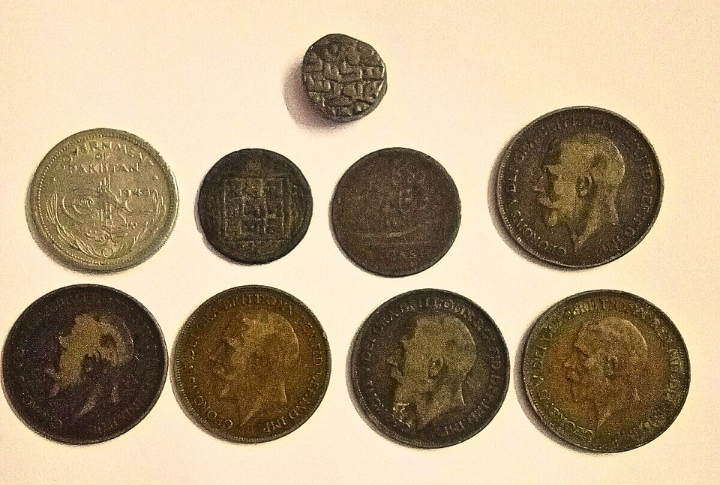
It’s tempting to see gold as a worry-free safety net when the stock market gets rocky. While it can protect wealth, it comes with quirks and costs, too. Wise investors plan beyond the glitter. If you’re thinking about adding gold to your financial mix, these ten tips can help you avoid rookie mistakes.
Understand Gold’s Price Fluctuations

One day, it’s stable; the next, it surges. Gold isn’t shy about reacting to global headlines. Since it doesn’t pay interest or dividends, returns depend solely on market shifts. Watch what central banks do—they buy in bulk, and that alone can shift prices.
Know The Difference Between Physical And Paper Gold

Think beyond bars. Paper gold, like ETFs or mining stocks, trades faster but behaves differently. Physical bullion needs safekeeping, while digital gold charges service fees. Both have value, but knowing how each fits into your plan makes all the difference when markets move.
Learn About Numismatic Vs. Bullion Coins

There’s a clear line between gold collecting and gold investing. Numismatic coins command high prices for beauty and rarity. Bullion coins? They’re priced by weight. If you’re buying to build value, not a display case, knowing the difference saves you from overpaying.
Check Liquidity Before You Buy

Not all gold sells the same. Jewelry often fetches less than coins, and pawnshops won’t offer spot prices. Bullion bars have wider resale appeal, but even then, it pays to know your options. The easier it is to sell, the safer your investment.
Monitor Inflation’s Impact On Gold’s Value

People flock to gold during inflation spikes for a good reason—it usually holds steady when currencies wobble. But in calm times, stocks often outperform. Historical patterns show gold’s real gains can flatten over time, so context matters when using it as a hedge.
Stay Aware Of Dealer Premiums And Hidden Fees

You’re not just buying gold; you’re also paying the dealer’s markup. Certified coins, shipping insurance, and delivery charges all creep in. The advertised price isn’t always what hits your bank account. Read the fine print so every dollar gets its proper weight.
Compare Tax Rules For Gold Profits

Tax treatment on gold can be tricky. In the U.S., it’s often considered a collectible—hello, 28% capital gains. Other countries apply different rules to bullion versus jewelry. And if your stash sits abroad? Expect even more paperwork.
Research Authenticity And Avoid Counterfeits

Fake gold isn’t just a movie plot. Scammers have slipped tungsten-filled bars into circulation. Stick to reputable mints that use serial numbers and certificates. Home testing kits offer peace of mind, especially if you’re buying secondhand or storing gold outside of banks.
Plan An Exit Strategy Before You Invest

A smart gold strategy includes a clear way out. Are you saving for retirement or prepping for emergencies? Selling without a plan can cost you. Secure trusted buyers early and explore buyback options so you’re not scrambling when it’s time to sell.
Diversify And Don’t Bet Everything On Gold

Even gold has its limits. Financial planners usually suggest no more than 10% of your portfolio go into precious metals. Gold adds balance, but it won’t replace growth from stocks or real estate. Use it to stabilize and not to dominate your long-term investment strategy.
